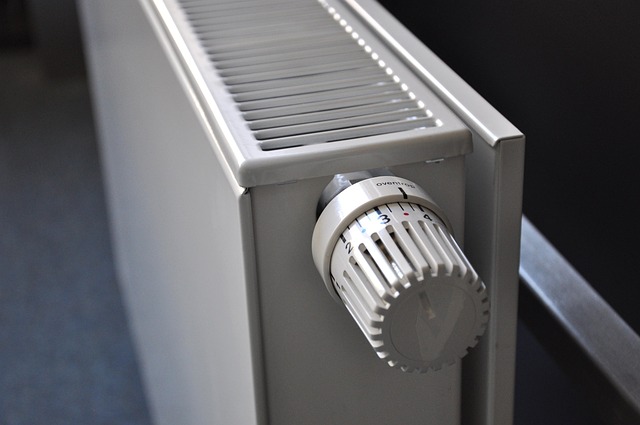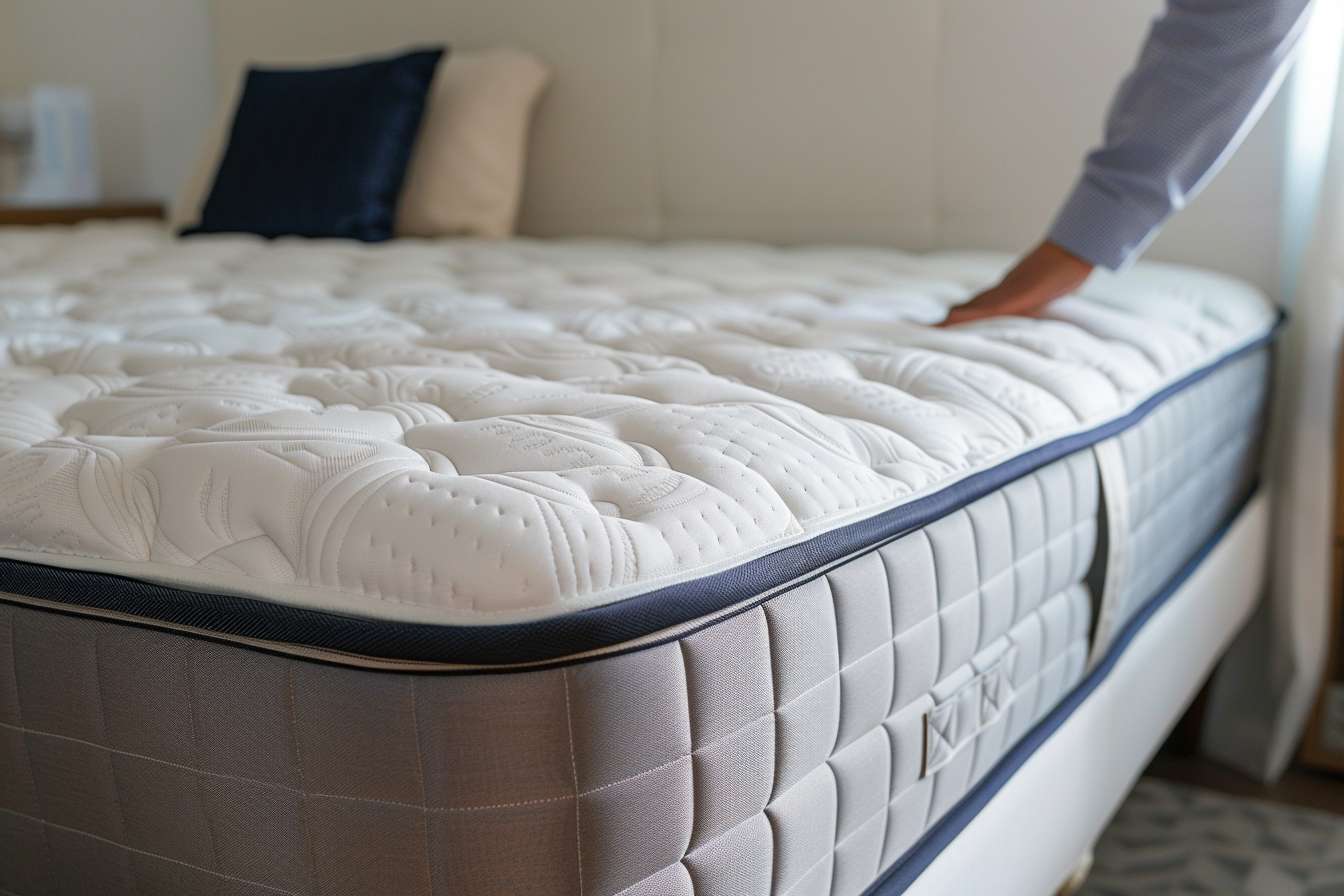Hvac Maintenance Tips to Prepare for Winter and Avoid Costly Repairs
Winter HVAC maintenance plays a crucial role in ensuring home comfort and preventing expensive repairs. Key practices like regular air filter changes, professional tune-ups, and efficient thermal management can result in a smoothly functioning system. Additionally, proactive measures and energy-saving adjustments contribute to a cost-effective, comfortable living environment throughout the cold months.

As temperatures drop and heating systems work overtime, homes become increasingly dependent on properly functioning equipment. Many homeowners overlook routine maintenance until problems arise, often resulting in emergency service calls during the coldest days of the year. Taking proactive steps before winter arrives can significantly reduce the risk of system failures, improve performance, and save money on both energy bills and repair costs. A well-maintained heating system operates more efficiently, distributes heat evenly, and provides reliable comfort when you need it most.
What Are Essential Winter HVAC Maintenance Tips?
Preparing your heating system for winter involves several critical tasks that ensure optimal performance. Start by inspecting and replacing air filters, which should be changed every one to three months depending on usage and household conditions. Dirty filters restrict airflow, forcing your system to work harder and consume more energy. Check all vents and registers throughout your home to ensure they are open and unobstructed by furniture or curtains. Examine your thermostat to verify it is functioning correctly and consider upgrading to a programmable or smart model for better temperature control and energy management. Inspect visible ductwork for gaps, leaks, or disconnected sections that could waste heated air. Clear debris from around outdoor units if you have a heat pump system, ensuring adequate airflow and preventing ice buildup. Test your heating system by running it for several minutes to confirm it produces warm air and operates without unusual noises or odors.
How Do Pre-Heating Preparations Improve System Performance?
Before the first cold snap arrives, conducting thorough pre-heating preparations can identify potential issues and optimize system efficiency. Begin by cleaning or vacuuming around your furnace or heating unit to remove dust and debris that could pose fire hazards or reduce efficiency. Inspect the flame sensor and burner assembly if you have a gas furnace, looking for corrosion or buildup that might interfere with ignition. Check the condensate drain line to ensure it is clear and draining properly, as blockages can cause system shutdowns. Examine the blower motor and fan blades for dirt accumulation, which can reduce airflow and strain the motor. Test your carbon monoxide detectors and smoke alarms, replacing batteries if needed, since heating systems can pose safety risks if malfunctioning. Review your system’s age and maintenance history to determine if replacement might be more cost-effective than continued repairs, especially for units older than 15 years. Document any unusual sounds, smells, or performance issues to discuss with a technician during a professional inspection.
Why Are Professional Tune-Ups Important Before Winter?
While homeowners can handle basic maintenance tasks, professional tune-ups provide comprehensive system evaluations that identify problems before they become emergencies. Licensed technicians possess specialized tools and training to measure system performance, test safety controls, and detect issues invisible to untrained eyes. During a professional inspection, technicians typically check refrigerant levels in heat pump systems, test electrical connections and components, calibrate thermostats, measure airflow and temperature differentials, inspect heat exchangers for cracks or damage, lubricate moving parts, and verify proper system cycling. These thorough examinations often reveal minor problems that, if left unaddressed, could lead to major failures during peak heating season. Professional maintenance also helps preserve manufacturer warranties, which often require annual service to remain valid.
Understanding Maintenance Costs and Service Options
Homeowners should budget for both routine maintenance and potential repairs when preparing for winter. Annual professional tune-ups typically range from $80 to $150 for standard service, though prices vary based on location, system type, and service provider. Emergency repairs during winter can cost significantly more, often ranging from $150 to $500 or higher depending on the issue and parts required. Many companies offer maintenance agreements or service plans that provide annual inspections, priority scheduling, and discounts on repairs for $150 to $300 per year. Comparing local service providers helps homeowners find reliable technicians at competitive rates.
| Service Type | Typical Cost Range | Frequency | Benefits |
|---|---|---|---|
| Annual Tune-Up | $80 - $150 | Once per year | Preventive care, efficiency optimization |
| Filter Replacement | $15 - $50 | Every 1-3 months | Improved air quality, better airflow |
| Emergency Repair | $150 - $500+ | As needed | Restores heating function |
| Maintenance Agreement | $150 - $300 | Annual membership | Priority service, repair discounts |
Prices, rates, or cost estimates mentioned in this article are based on the latest available information but may change over time. Independent research is advised before making financial decisions.
How Do Indoor Air Quality and Efficiency Connect?
Winter heating systems significantly impact indoor air quality as homes become sealed against cold weather, reducing natural ventilation. Poor air quality can aggravate allergies, asthma, and respiratory conditions while also indicating system inefficiency. Regular filter changes represent the most effective way to maintain clean indoor air, trapping dust, pollen, pet dander, and other airborne particles. Consider upgrading to high-efficiency filters rated MERV 8 or higher for improved filtration, though higher ratings may reduce airflow in some systems. Humidity control also affects both comfort and efficiency, as dry winter air can make homes feel colder than actual temperatures. Adding a whole-house humidifier helps maintain optimal humidity levels between 30 and 50 percent, improving comfort and allowing lower thermostat settings. Ensure bathroom and kitchen exhaust fans vent properly to remove moisture and pollutants. Schedule duct cleaning if you notice excessive dust, musty odors, or visible mold growth, though most homes only require this service every three to five years.
What DIY Maintenance and Energy Savings Steps Can Homeowners Take?
Homeowners can implement numerous cost-effective strategies to maintain their heating systems and reduce energy consumption throughout winter. Seal air leaks around windows, doors, and other openings using weatherstripping or caulk to prevent heated air from escaping. Add insulation to attics, crawl spaces, and exterior walls to reduce heat loss and lower heating demands. Program your thermostat to lower temperatures when sleeping or away from home, potentially reducing heating costs by 10 to 15 percent. Reverse ceiling fan directions to clockwise rotation, pushing warm air down from ceilings. Keep curtains and blinds open during sunny days to utilize passive solar heating, then close them at night to insulate windows. Avoid blocking vents or radiators with furniture or decorations that restrict airflow. Monitor your energy bills for unexpected increases that might indicate system problems or efficiency losses. Document maintenance activities and system performance to help technicians diagnose issues and track equipment condition over time.
Preparing for Long-Term System Reliability
Consistent maintenance throughout the year, not just before winter, provides the best protection against unexpected failures and costly repairs. Establishing a regular maintenance schedule that includes spring and fall tune-ups ensures your system receives attention before peak heating and cooling seasons. Keep detailed records of all service visits, repairs, and maintenance activities to track system health and identify recurring problems. Research replacement options and costs before emergencies occur, allowing informed decisions rather than rushed purchases during system failures. Consider energy-efficient upgrades like programmable thermostats, zoned heating systems, or high-efficiency equipment when replacement becomes necessary. Building relationships with reliable service providers before emergencies arise ensures access to trusted technicians when problems occur. Winter preparation represents just one component of comprehensive system care that protects your investment, maintains comfort, and provides peace of mind throughout the coldest months of the year.




